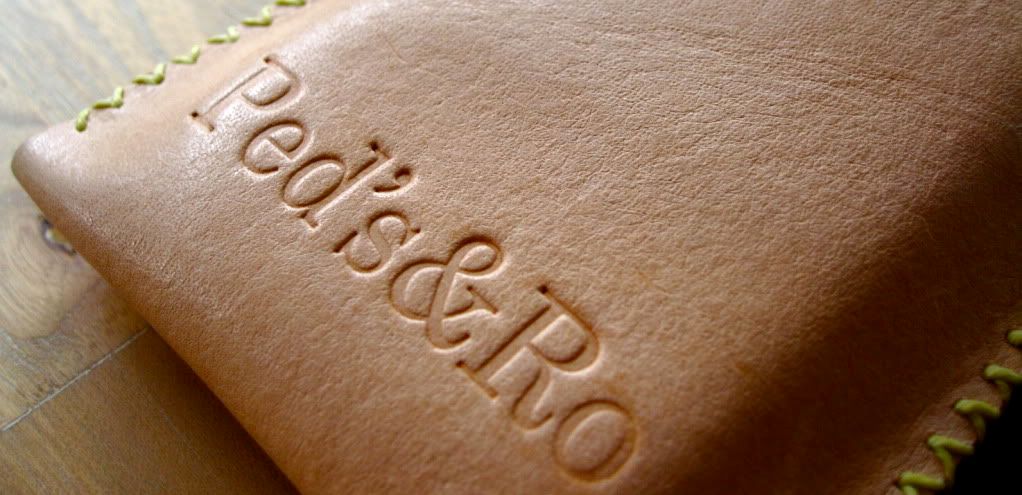Recently I came across an interesting article that explains the different type of tannin that is used for vegetable-tanned leather. Depending on which tannin is being used, the resulting leather differ significantly. It's actually a revelation since I always question the differences between the many different vegetable-tanned leathers.
I'm quoting the following information from an Article:
"There are two types of Tannin, Cathecol and Pyrogallol. By understanding when to blend these together, the expert tanner could reputedly create the appropriate leather for any need: hard and firm, mellow and soft, light or heavy.
Catechols (aka condensed) are more astringent and tan more quickly than the pyrogallols. They deposit a reddish sediment known as 'reds' or phlobaphenes. They make leathers of pink, red or dark brown hues, that are more 'solid'. They also create greenish-black spots on contact with iron. Mimosa, birch, hemlock, quebracho, alder and fir bark contain catechols. Oak bark contains both types.
Pyrogallols (aka hydrolysable) deposit a pale-colored sediment called 'bloom' (elegiac acid} which, if deposited in the leather, improves its solidarity, wearing properties and resistance to water. Hence they are favored for sole leather. They are also preferable for leathers intended for bookbinding, upholstery and other purposes where longevity is essential. The resultant leather is of pale color varying from creamy or yellowish to light brown. Pyrogallols make bluish-black spots on contact with iron and resist changes in pH value. Sumac, chestnut, oak galls and oak-wood contain pyrogallols."
I'm fairly new to this industry and hasn't had the pleasure of sampling different variety of veg-tanned leather offered by tanneries around the world. I've always bought my leather locally and recently bought one from a different tannery (still in Australia), suffice to say they are vastly different. It's good to know the science behind the leather and I find it to be an indispensable knowledge upon choosing the next veg-tanned leather.
In the future, with enough exposure, I shall catalogue and examine closely at veg-tanned leathers from different tanneries around the world and share it here.
